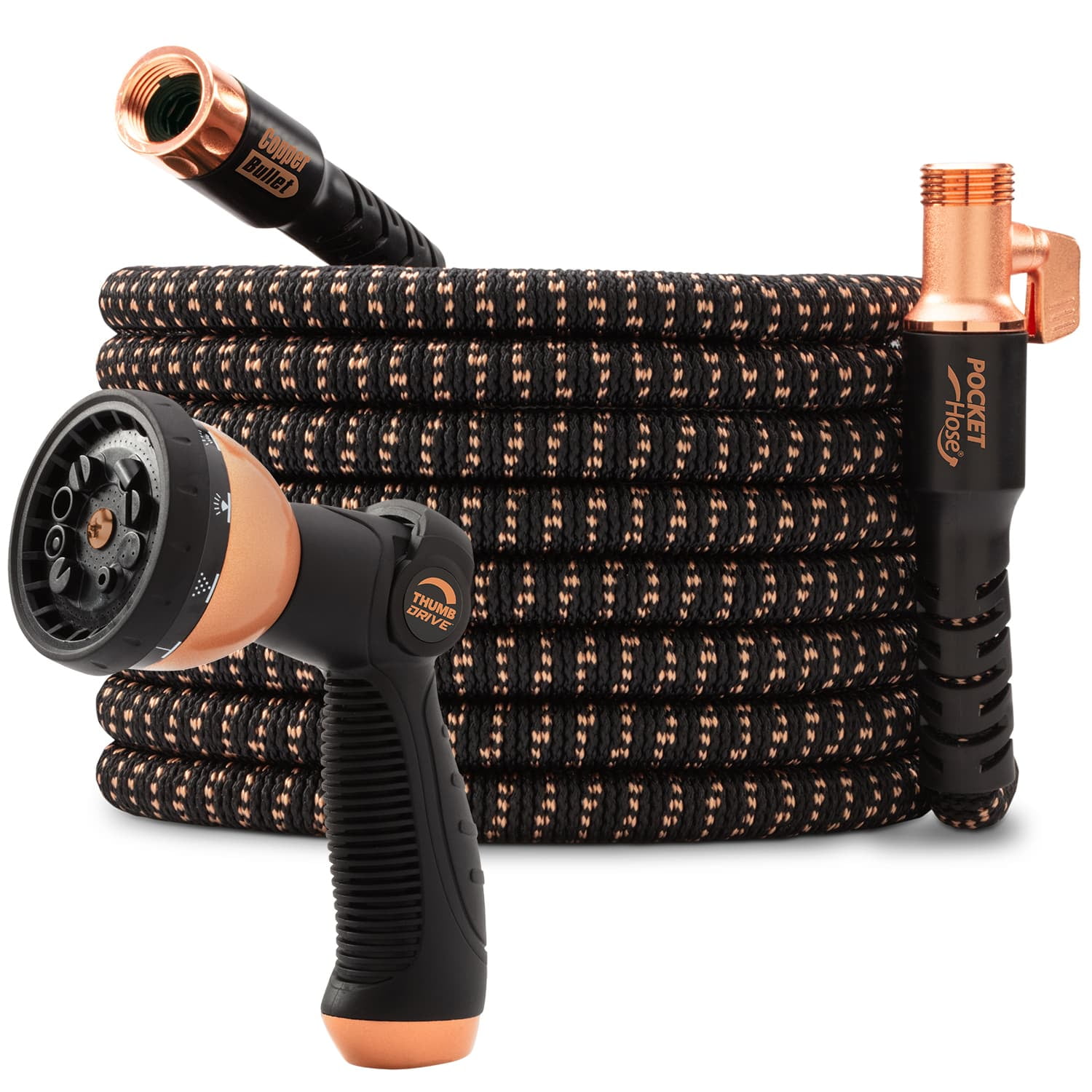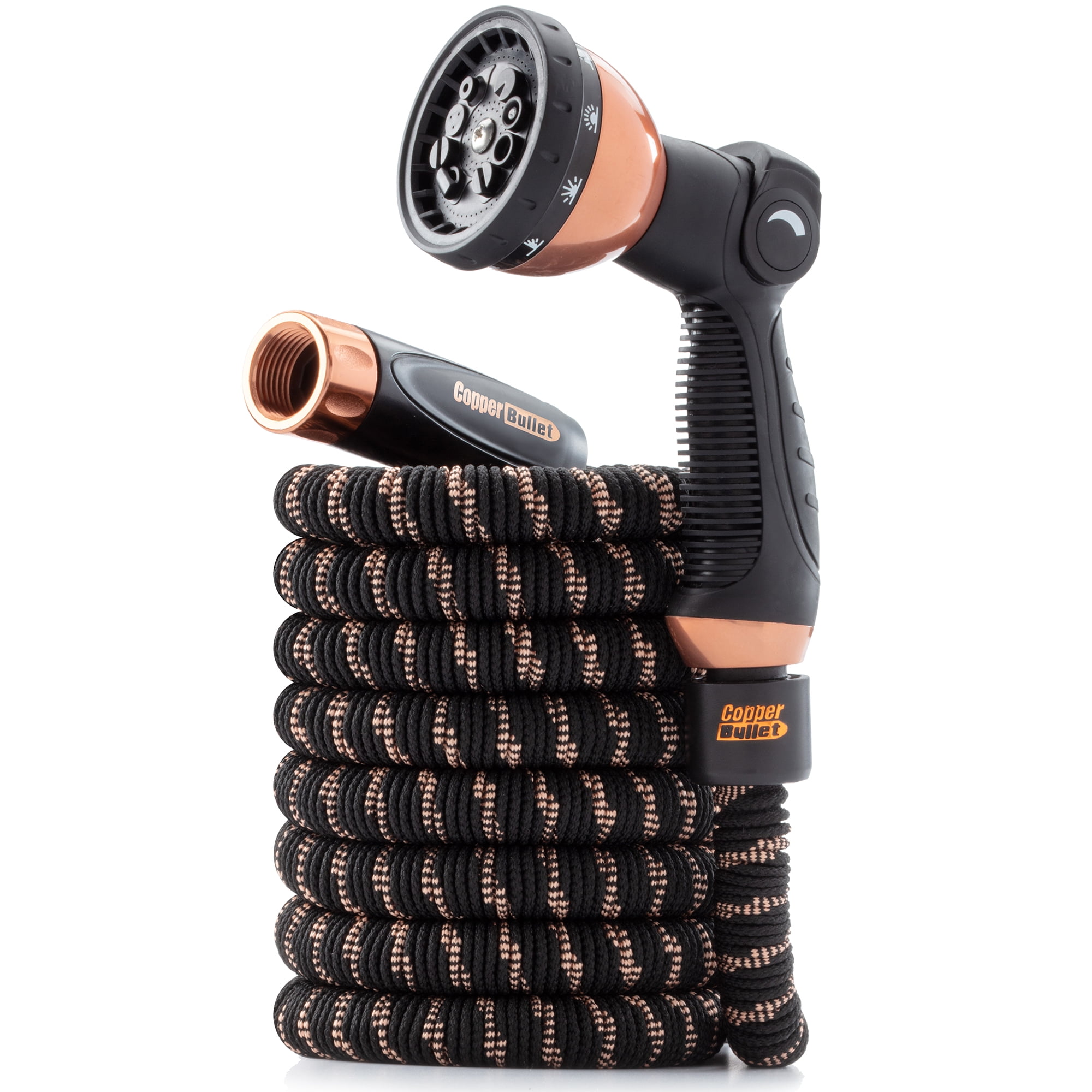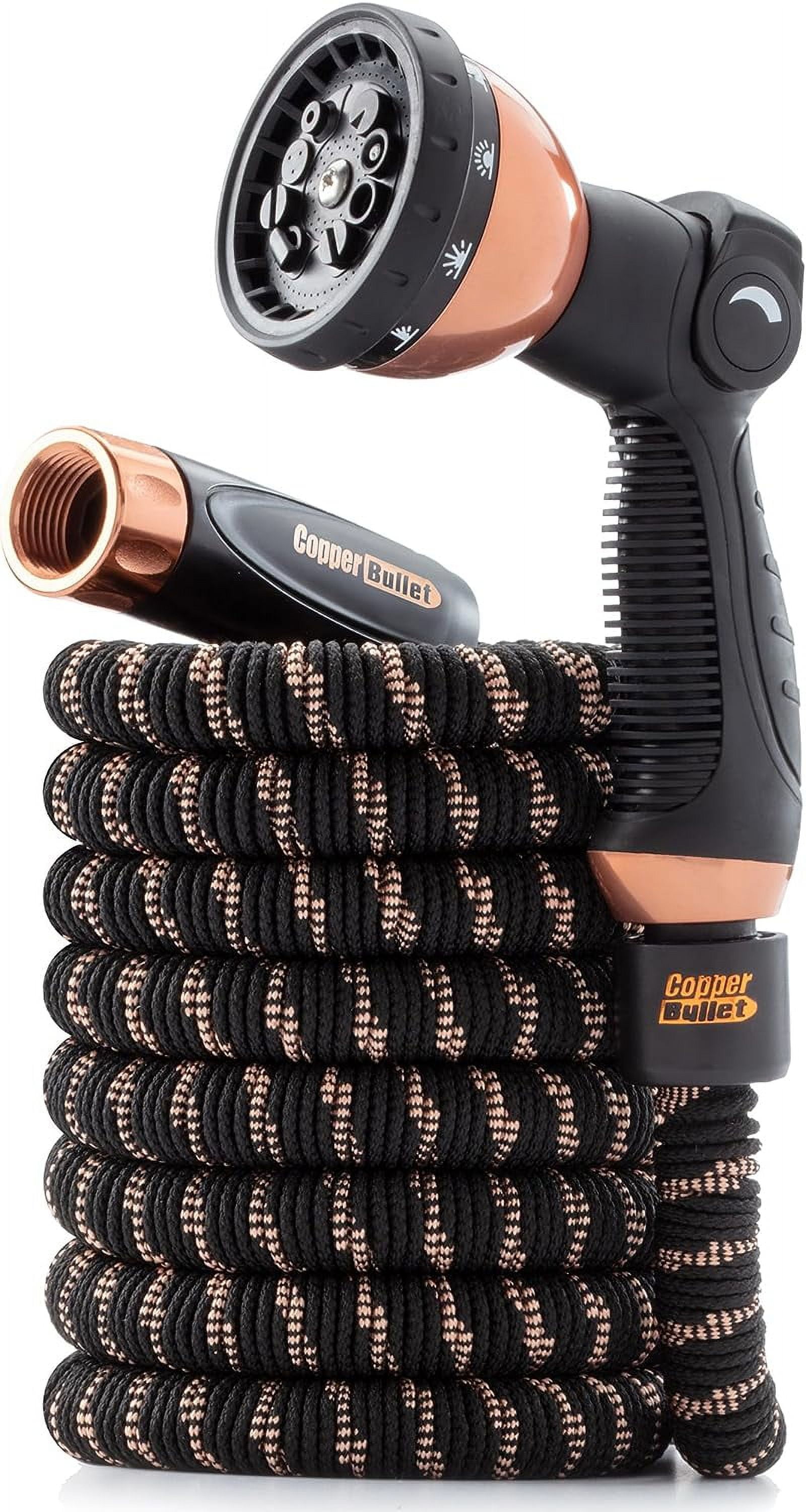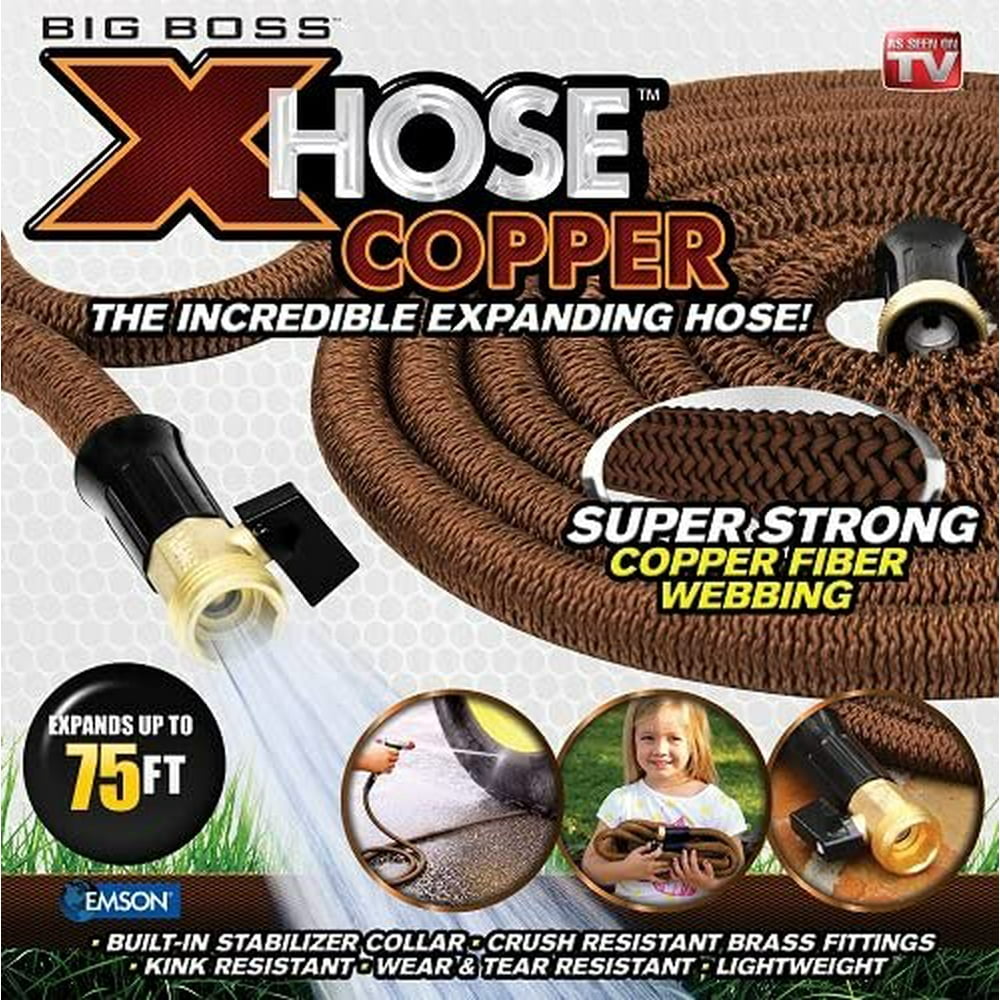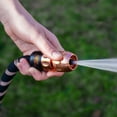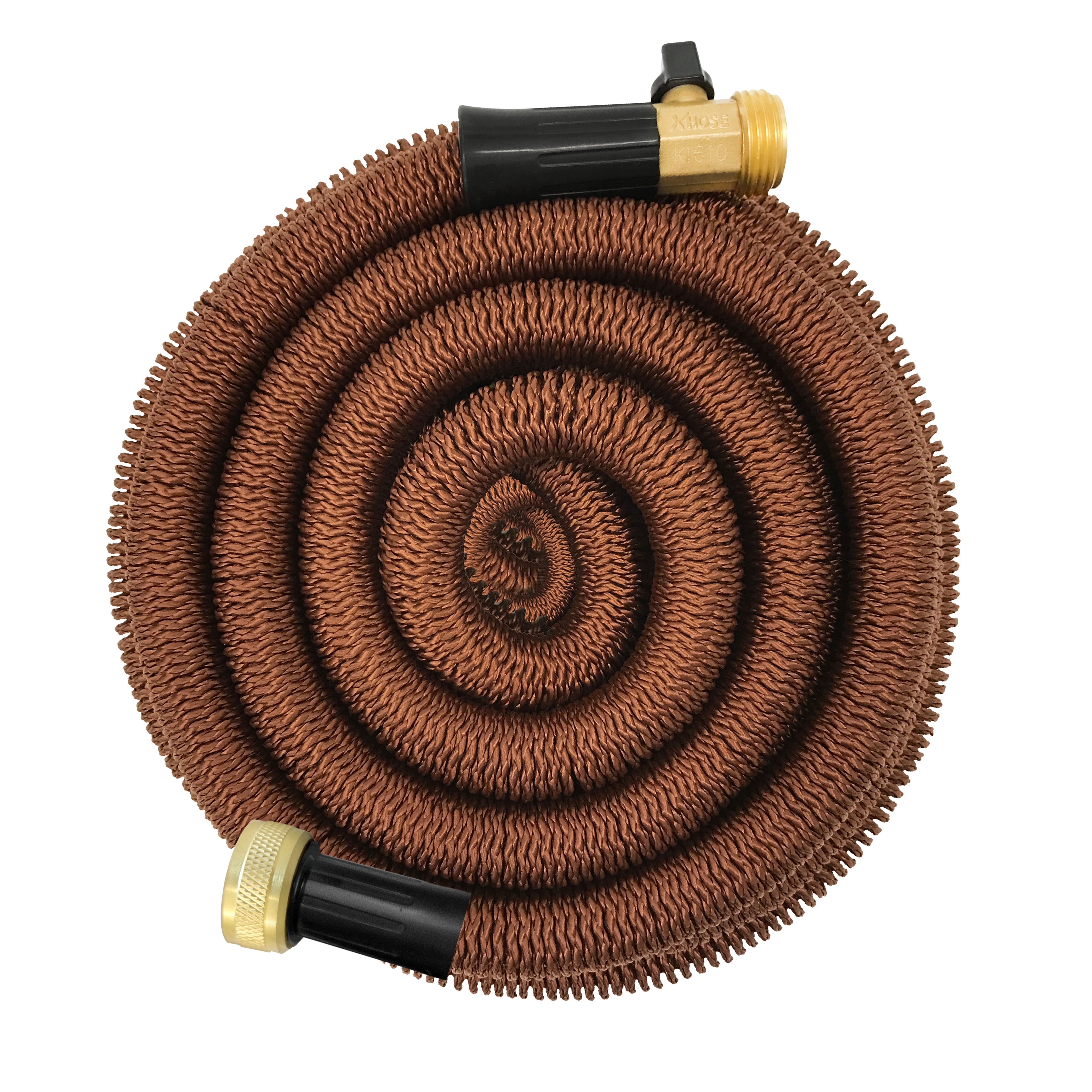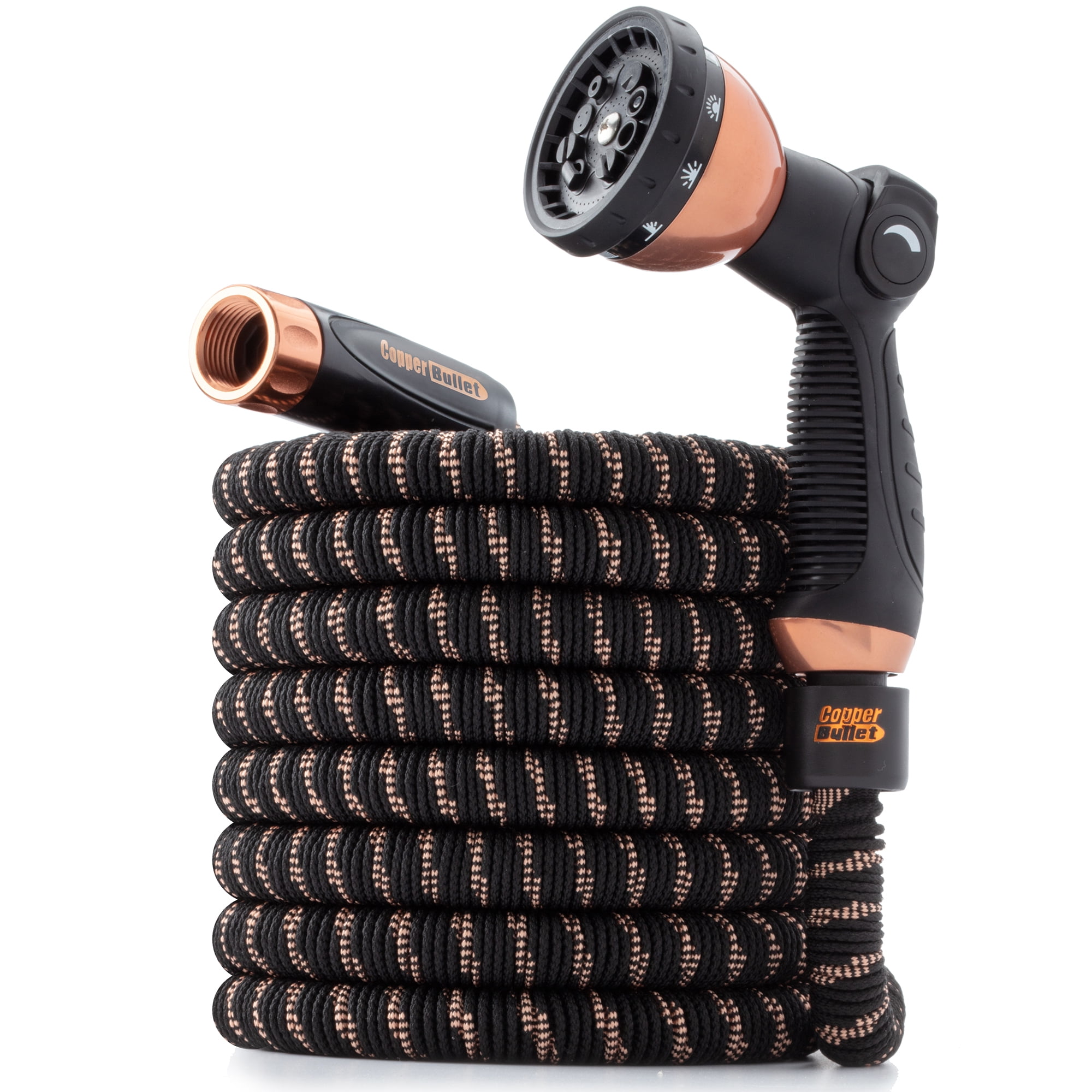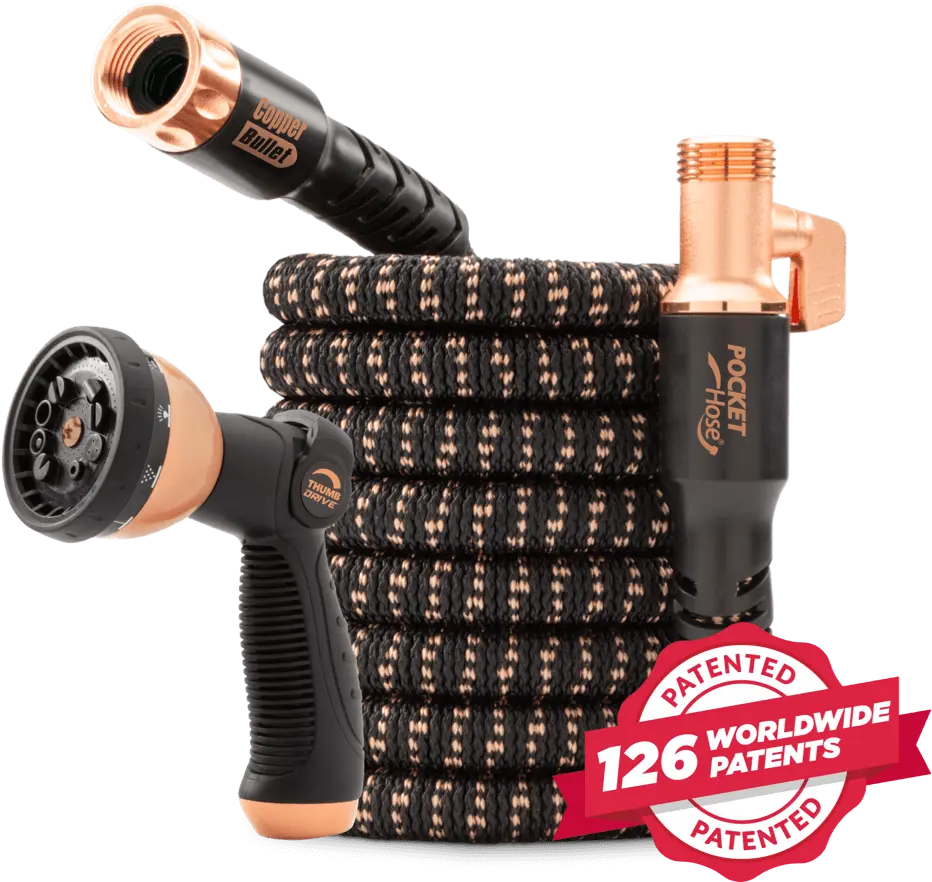Copper Water Hose As Seen On Tv

The ubiquitous "As Seen On TV" aisle has long been a repository for innovative, and sometimes dubious, products promising to simplify daily life. Among the latest offerings vying for consumers' attention is the Copper Water Hose, marketed as a durable, kink-resistant, and lightweight alternative to traditional rubber hoses. But does this gleaming copper-colored hose live up to the hype, or is it just another infomercial fantasy?
This article delves into the Copper Water Hose, examining its advertised features, analyzing customer reviews, and consulting with experts to determine if it truly delivers on its promises. We will explore the science behind its design, evaluate its potential benefits and drawbacks, and ultimately, help consumers make an informed decision about whether this product is worth the investment.
The Allure of Copper: Marketing and Claims
The marketing campaign for the Copper Water Hose heavily emphasizes its purported durability and flexibility. Advertisements often showcase the hose being dragged across rough surfaces, twisted into tight knots, and subjected to high water pressure, all without showing any signs of damage. The vibrant copper color itself is strategically used to evoke feelings of quality and strength.
Key claims typically include kink-resistance, a lightweight design for easy maneuverability, and a burst-proof construction. Many infomercials also highlight the hose's ability to expand and contract, allowing for greater reach and easier storage. Some even suggest antimicrobial properties due to the presence of copper, though this claim often lacks substantiation.
Delving into the Design and Materials
The Copper Water Hose is generally constructed from a flexible inner tube, often made of latex or thermoplastic elastomer (TPE), surrounded by a woven outer layer. This outer layer is what gives the hose its distinctive copper color and is typically made of a metallic-colored polyester fabric. While the color suggests pure copper, it's generally a coating or infused into the fabric, not solid copper construction.
The connectors, typically made of brass or aluminum, are designed to be compatible with standard spigots and nozzles. The expandability feature is achieved through the elastic nature of the inner tube and the looseness of the outer woven layer. This design allows the hose to stretch to several times its original length when water pressure is applied.
Customer Reviews: A Mixed Bag
Consumer feedback on the Copper Water Hose is decidedly mixed, varying widely depending on the brand and specific model. Many positive reviews praise the hose's lightweight design and ease of use, particularly for individuals with limited mobility. The expandability feature is also frequently cited as a convenience, allowing for greater reach without having to lug around a heavy, bulky hose.
However, a significant number of negative reviews highlight concerns about the hose's durability and reliability. Reports of leaks, bursts, and failures at the connectors are common. Some users also complain that the hose does not fully retract after use, making storage difficult. The issue of the metallic coating fading or wearing off over time is another recurring complaint.
“I bought this hose expecting it to be more durable than my old rubber one, but it burst after only a few uses,” says one verified purchaser on Amazon. “The connector also leaked from day one.”
The discrepancies in customer experiences suggest that quality control may be an issue across different brands and manufacturers of Copper Water Hoses. It also highlights the importance of carefully reading reviews and considering the warranty offered before making a purchase.
Expert Opinions: Weighing the Pros and Cons
Horticultural experts and gardening professionals offer a more nuanced perspective on the Copper Water Hose. While acknowledging the potential benefits of a lightweight and expandable hose, they also caution against unrealistic expectations regarding durability.
According to Dr. Emily Carter, a professor of horticulture at State University, "The lightweight design of these hoses can be beneficial for many gardeners, especially those with physical limitations. However, the materials used are generally less robust than traditional rubber hoses, making them more susceptible to damage from abrasion, UV exposure, and freezing temperatures."
She further advises consumers to handle the hoses with care, avoid dragging them across rough surfaces, and store them properly when not in use. She also stresses that the antimicrobial claims, often associated with copper, are unlikely to be significant in this context, as the amount of copper present is minimal and the water flow is constant.
Beyond the Hype: Factors to Consider
Before purchasing a Copper Water Hose, it's crucial to consider your individual needs and priorities. If you prioritize lightweight design and easy maneuverability above all else, and are willing to exercise caution in handling the hose, it might be a suitable option. However, if durability and long-term reliability are paramount, a traditional rubber hose may be a more prudent choice.
It's also essential to compare prices and warranties from different manufacturers. Look for hoses with reinforced connectors and a robust outer layer. Read customer reviews carefully, paying attention to reports of leaks, bursts, and other failures. Be wary of exaggerated claims and promises that seem too good to be true.
Looking Ahead: The Future of Garden Hoses
The Copper Water Hose represents a broader trend towards innovation in garden hose design. Manufacturers are continually experimenting with new materials and technologies to create hoses that are lighter, more durable, and more user-friendly.
Future advancements may include the development of hoses made from more resilient materials, such as advanced polymers or reinforced composites. Self-retracting hoses and smart hoses with integrated watering systems are also possibilities. As technology evolves, we can expect to see even more innovative solutions emerge, further blurring the line between traditional garden hoses and advanced irrigation systems.
Ultimately, the success of any garden hose, whether it's a Copper Water Hose or a traditional rubber hose, depends on its ability to meet the needs of the user. By carefully considering the features, benefits, and drawbacks of each type of hose, and by reading reviews and consulting with experts, consumers can make informed decisions and choose the hose that is best suited for their individual needs and gardening habits. The key is informed consumerism and understanding that "As Seen On TV" doesn't always equate to guaranteed quality.

